Our Story
Where it all began
In 1979, a visionary couple had a big idea. They began by working to support people living in extreme poverty to start and run profitable businesses. Today, our participants continue to interrupt the cycle of poverty and forge new, sustainable pathways.
Our journey
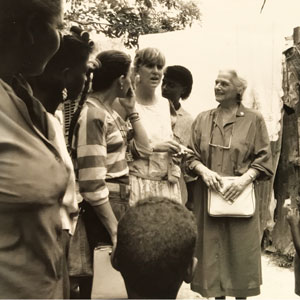
1979-1980
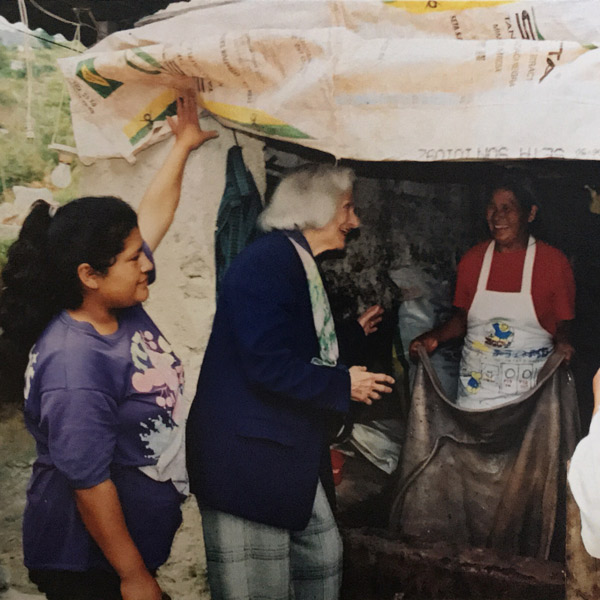
1990s
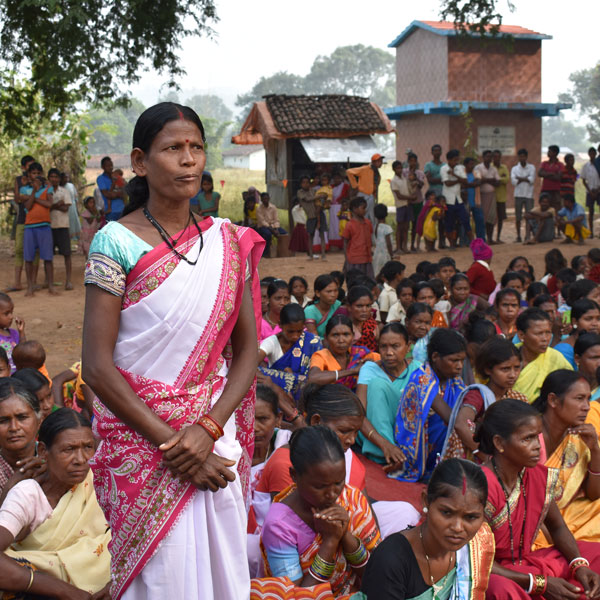
2004-2008
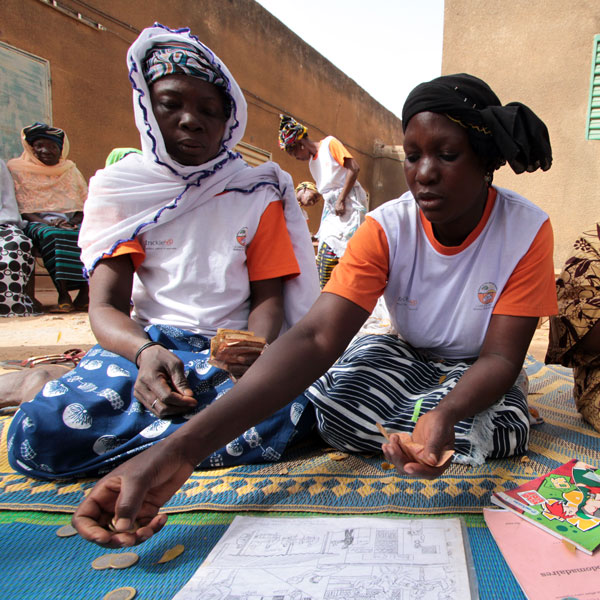
2005-2006
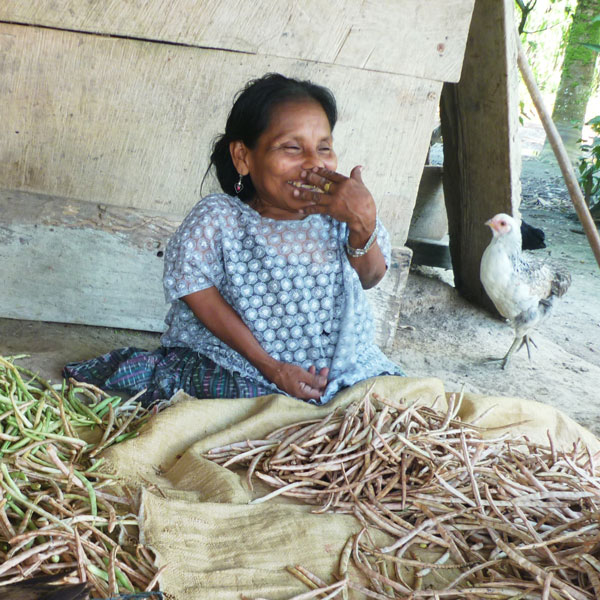
2009
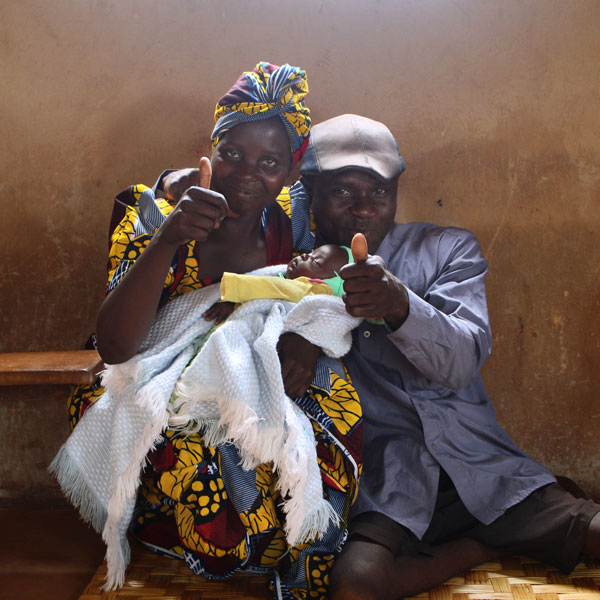
2012-2013
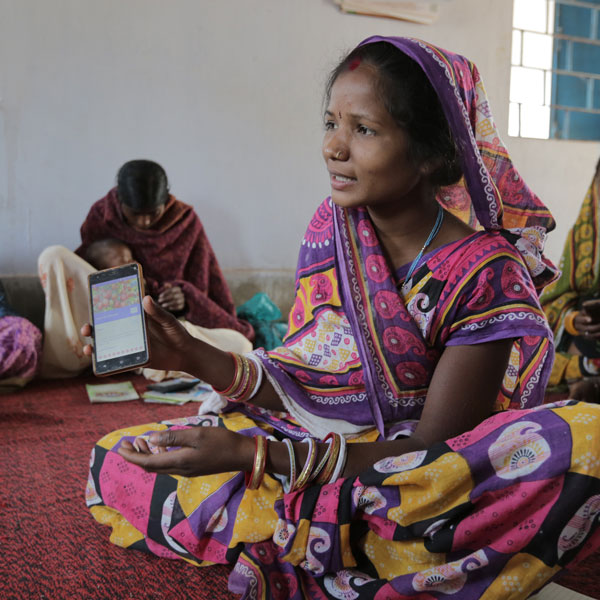
2018
Trickle Up serves over 160,000 people in 19 countries – more than twice the number reached in 2017 and 13 times the level of three years earlier.
Our Founders
Glen and Mildred Robbins Leet were lifelong advocates for human rights and economic justice. Skeptical about the effectiveness of giant, complex anti-poverty programs, they asked themselves, “What’s the simplest thing we could do help people escape extreme poverty?”
Their answer: Invest in women.
Provide seed capital grants of $100 to help them start a business. Help them save for future business expansion and family emergencies. Encourage them to work together, share knowledge, and support each other through challenges. Help women plan for a brighter future for their families, gain the skills and confidence necessary to realize their dreams, and inspire other women in their community.
“In years working in the international community,” said Mrs. Leet, “we saw first-hand what an overwhelming need there was for a program that would truly benefit the person ‘at the bottom.’ We saw the massive infusions of aid did not trickle down. The rich were getting richer, and the poor were getting poorer.”
The Leets tested their idea with 10 women in the Caribbean island of Dominica. It worked and now, four decades later, Trickle Up has helped 1.5 million people create profitable businesses that feed their families, send their children to school, and provide enough to save for the future.
If you’re as passionate as we are about helping people break free from poverty and build better lives for themselves, please join us.

People all have potential… The question is how are you going to reach them.
Mildred Robbins Leet, Co-Founder
The New York Times, November 12, 1997

